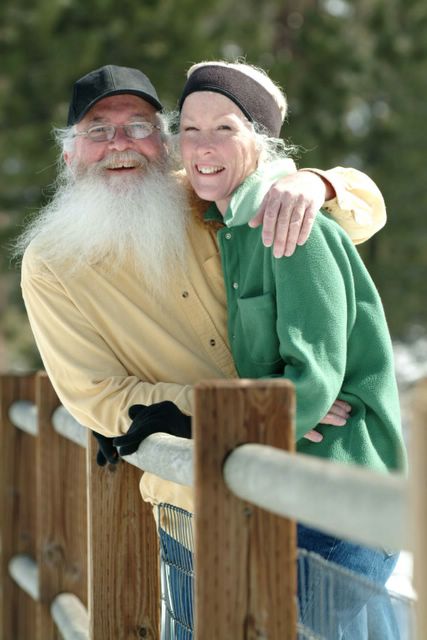The Planks Are Down!

Click on photo to enlarge
Finally, seven days later, the pine planks are down in the living room ready for me to start sanding them tomorrow.
I thought it would take maybe two days but I forgot about all the other stuff that needs doing around here daily.
Anyhow, sorry for the week of no posts, but I did get a few nature pictures on Saturday that I'll post above.
Labels: home, renovations, rewarding work, self-reliance, skills


5 Comments:
Nice! We're hoping to eventually put down locally and sustainably harvested wood flooring in the new house, but that's a ways off yet.
it's looking great!
and yeah, things ALWAYS take at least twice as long as you plan for. that's the law of projects!
Are you going to finish them? My mother used a tongue oil on her maple floors (did I spell that right? is it tongue like tongue?). A friend fell in love with my mom's floors and used it on her pine planks, which looked gorgeous too. It rubs on easy and can be applied at various times. It's not toxic like many of the poly products. If you're interested, let me know. I'll get the info.
Thanks everybody, and the sanding is coming right along, I should be finished sometime tomorrow and ready to apply the OSMO Hard Wax Oil finish.
Lene-
Yes you spelled tongue correctly.:~p
...and thanks for the tip but I've already purchased an eco-friendly wax oil for the floor.
I heard about this product at a wood flooring website and after researching a bit more decided it was the right product for our new planks.
Here is some more info on it.
Ingredients:
Key ingredients in Hardwax Oil include sunflower, soybean and thistle oil, plus two hard, natural waxes—carnauba and candelilla. A Brazilian palm tree, Copernica cerifera, produces the carnauba in its leaves, berries and stalks. Villagers cut down fronds, dry them for several days, and then beat off the wax. The candelilla comes from the outer coating on a desert shrub, Euphorbia antisyphiliti, that grows in northern Mexico. Farmers boil the leaves and stems with water and acid to release the wax.
This is an oil-based product. Like most finishes—even water-based ones—it needs a solvent to perform properly. OSMO uses the safest one that works with oil-based finishes: benzene-free, low-odor mineral spirits. This is an aliphatic petroleum distillate, which means it is a petroleum product that has its carbon atoms arranged in open chains instead of rings. The more toxic, aromatic or ring hydrocarbons have been removed, resulting in a milder odor.
Environmental benefits include:
1. Hardwax Oil is made mostly from readily renewable, natural ingredients.
2. Hardwax Oil is extremely durable—keeps existing flooring in good shape for decades.
3. When dry, Hardwax Oil meets European safety standards for use on children’s furniture and toys and resistance to perspiration and saliva.
4. Hardwax Oil contains no biocides or preservatives, only aliphatic low-odor mineral spirits that meet the German standard for purity.
Practical benefits include:
1. Hardwax Oil preserves the look and feel of real wood—not a plastic coating.
2. Easy to apply—just two thin coats.
3. Hardwax Oil will not raise the grain when applied. Therefore no need to sand between coats.
4. Thixotropic—no brush marks in hot weather.
5. Hardwax Oil penetrates into the wood surface, keeping it elastic but making it water-resistant. Finished wood won’t show water stains.
6. Easy to clean—just vacuum and damp-mop.
Great information about the Hardwax Oil, Jim. Thanks. Good luck on the floors. You'll have to give us some pics and feedback on how you like the product.
Post a Comment
<< Home